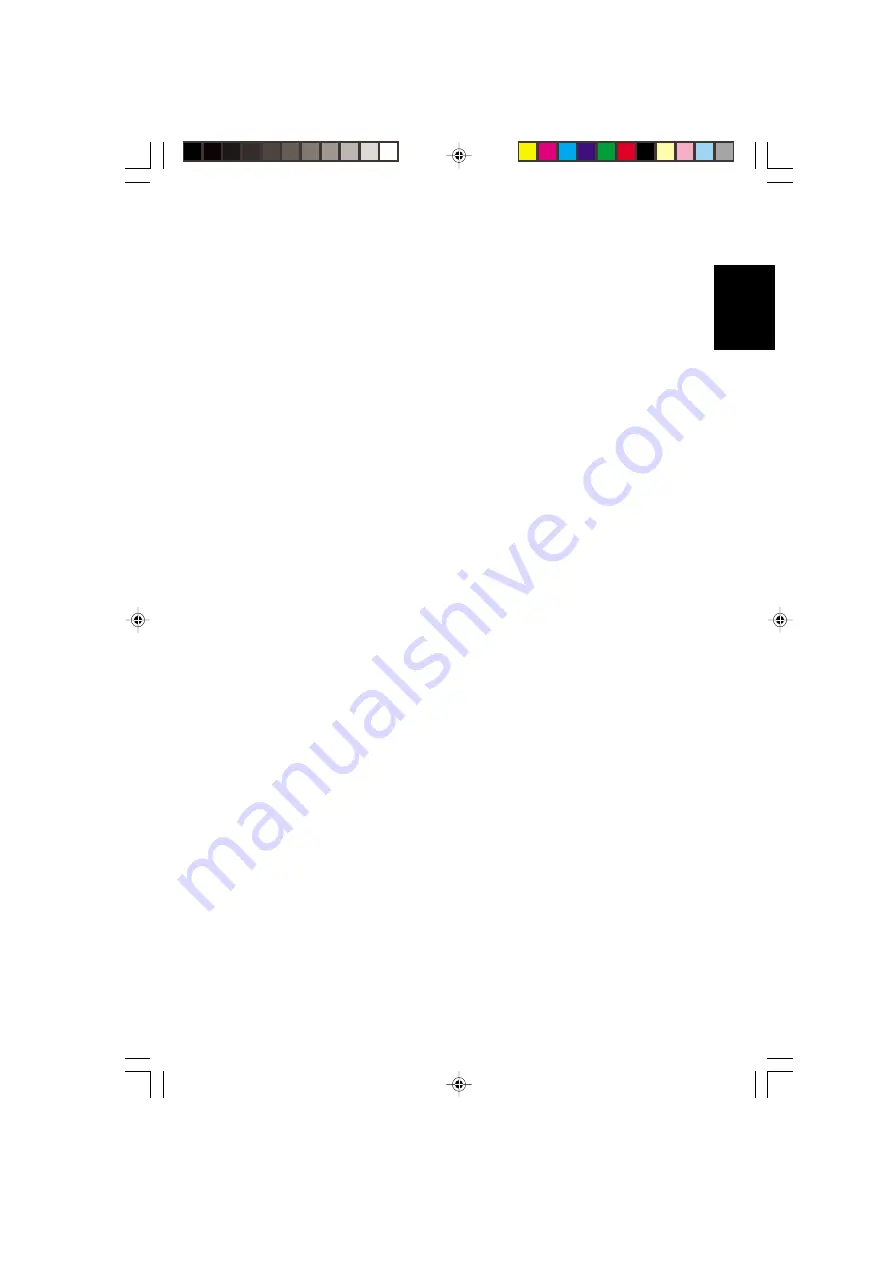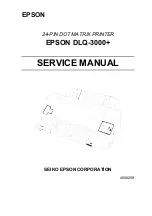
21
English
You can also set the paper feed size using the PRESCRIBE SPSZ command. For
details, see the programming manual provided with the printer.
Smoothness:
The paper should have a smooth, uncoated surface. Paper with a
rough or sandy surface can cause voids in the printed output. Paper that is too
smooth, however, can cause multiple feeding and fogging problems. (Fogging is a
gray background effect.)
Basis weight:
Basis weight is the weight of a standard quantity of paper. In the
traditional system the standard quantity is a ream consisting of 500 sheets
measuring 17
×
22 inches each. In the metric system the standard quantity is 1
square meter.
Paper that is too light or too heavy can cause misfeeding, jams, and premature
wear of the bulk paper feeder and the printer. Uneven paper weight can cause
multiple feeds, print defects, poor toner fusing, blurring, and other print quality
problems. The proper weight is 60 to 200 g/m
2
(16 to 53 lbs/ream).
Moisture content:
Moisture content is defined as the percent ratio of moisture
to the dry mass of the paper. Moisture can affect the papers appearance,
feedability, curl, electrostatic properties, and toner fusing characteristics.
The moisture content of the paper varies with the relative humidity in the room.
When the relative humidity is high and the paper absorbs moisture, the paper
edges expand, becoming wavy in appearance. When the relative humidity is low
and paper loses moisture, the edges shrink and tighten, and print contrast may
suffer.
Wavy or tight edges can cause misfeeding and alignment anomalies. The
moisture content of the paper should be 4% to 6%.
All manuals and user guides at all-guides.com
all-guides.com






































